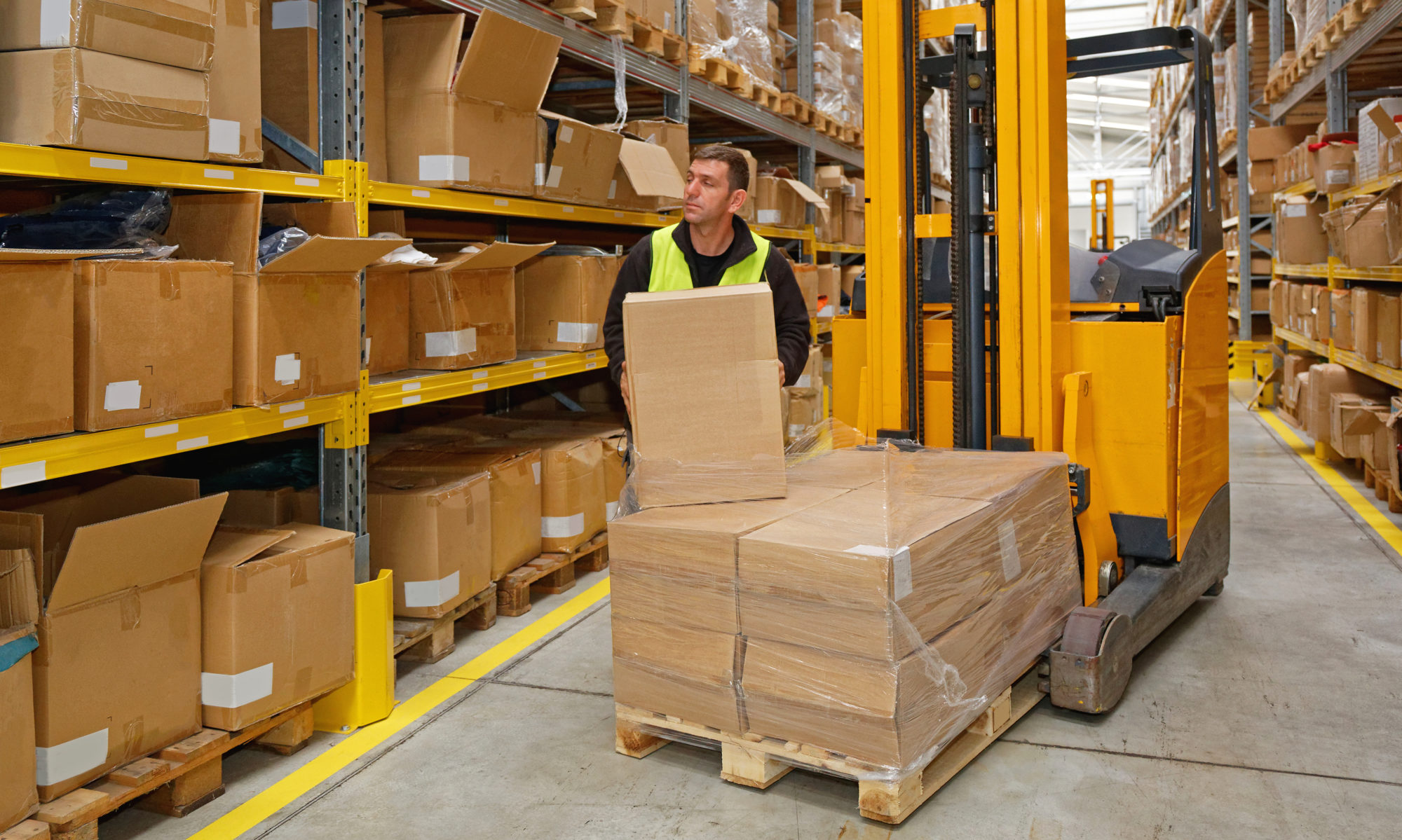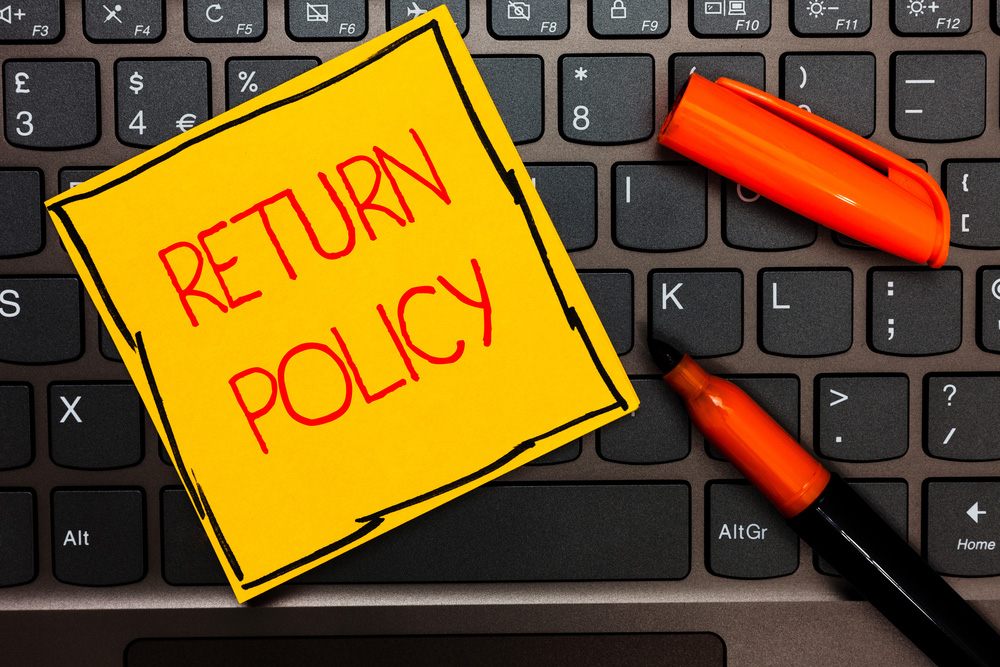In the world of online retailing, Amazon is the proverbial 800-pound gorilla. The one-time bookseller has become a global juggernaut, allowing consumers to shop for everything under the sun from the comfort of their own home.
With annual revenue approaching $400 billion, it may seem as though it’s Amazon’s world and we’re just living in it. Earlier this year, a group of independent-business organizations joined forces to take aim at monopolies, with Amazon at the dead center of their target.
Small Businesses Feel the Squeeze
Over the years, Congress has enacted various antitrust laws designed to maintain a level playing field. The purported goal of such legislation is to prevent monopolies and promote a competitive marketplace.
In reality, these laws are only as strong as their enforcement. Larger companies have the means to play Goliath to the smaller companies’ David. In 2020, Amazon alone spent approximately $18 million to lobby against stricter antitrust measures.
It may seem as though fighting the retail giants would be a tall enough order. Adding insult to injury, many small businesses feel that industry organizations such as National Retail Federation (NRF) pay lip service to the idea of equal representation while quietly favoring their largest members.
Standing Up for Market Equality
In a proactive effort to regain some equitable conditions, more than 20 trade and business groups formed a coalition under the name, “Small Business Rising.” Members include organizations such as the National Grocers Association (NGA), the American Booksellers Association (ABA) and Institute for Local Self-Reliance (ILSR), a vocal critic of Amazon’s dominance.
Small Business Rising announced their formation and goals in an April 2021 press release. Amazon was specifically cited by name several times, making it clear what the organization sees as one of their biggest obstacles. As Stacy Mitchell, ILSR co-director stated, “concentrated market power” is the toughest challenge facing today’s small business owner.
The organization’s objectives call on policymakers to do the following:
*Break up tech monopolies, such as Amazon, to prevent them from cornering the online market.
* Add teeth to antitrust laws by making them stronger and more enforceable.
* Put a stop to mega-mergers and set higher criteria for regular mergers.
In addition, Small Business Rising is leveraging the relationships local business owners have with power players in their respective hometowns. Members are organizing meetings, seeking out media coverage and waging letter-writing campaigns.
The Rich Get Richer
The unprecedented conditions of 2020 served to magnify the gap between Amazon and other e-commerce businesses. While COVID restrictions created a surge in online shopping, small online retailers faced corresponding supply chain and distribution difficulties, making it hard for them to accommodate demand.
On the other hand, Amazon was able to draw on its significant resources to weather the storm and emerge stronger than ever. The company spent a reported $4 billion on “incremental COVID-19-related costs,” enabling it to successfully adjust its processes and policies.
In the face of mounting criticism during the last few years, Amazon has tried to brand itself as a valuable ally to small businesses, especially with Amazon Marketplace, its third-party online sales platform. Companies have responded by pointing out how Amazon uses prohibitive fees and data access for competitive advantage.
Grow Your Online Business with Medallion Fulfillment & Logistics
Are Amazon’s arbitrary and restrictive fees and policies helping or hurting your e-commerce business? Medallion Fulfillment & Logistics works with you by offering a full assortment of services tailored to fit your needs.
Contact us to learn more about our flexible and cost-effective fulfillment solutions, including our innovative Amazon replenishment warehousing service.





